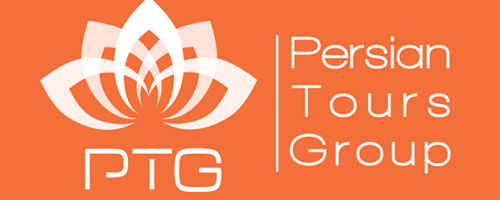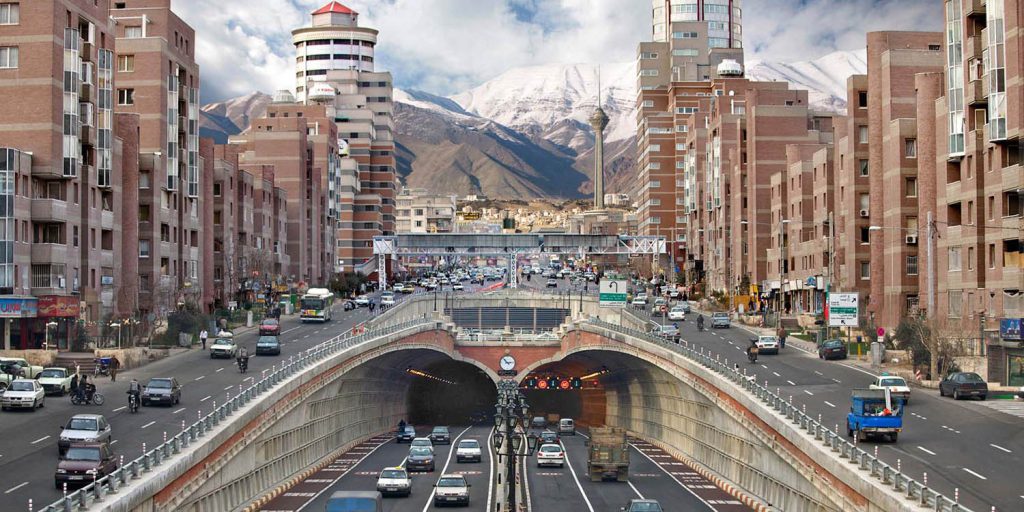
Menu

Tehran has a long history and archaeologists believe that life in this region dates back to the Neolithic period.
In some Persian writings, Ray is presented as the birthplace of Zoroaster.
Also in the conflict between Darius III and Alexander the Great, Alexander and his troops remained in the area for several days.
In historical writings, Tehran is mentioned as a region with a pleasant climate and full of orchards.

During the Safavid period, the importance of Tehran greatly increased. In 933, Shah Tahmasb Safavid ordered the construction of a fence with four gates and 114 towers for Tehran.
This action, which was taken to support the then country’s capital, Qazvin, added to Tehran’s importance. After the overthrow of the Safavids, Tehran fell into Afghan hands and once again became the center of events and attention. Nader Shah Afshar took Tehran from the Afghans and made his son, Rezaghi Mirza, his ruler, which showed the importance of this city at that time.
Tehran, which was often the residence of important government figures after the Safavids, received more attention in 1139, and Karim Khan Zand took steps to make Tehran its capital; he chose Tehran as his capital for a short time, but ultimately for climatic reasons. Environment moved the capital to Shiraz.
Agha Mohammad Khan, the founder of the Qajar dynasty, who, after numerous attempts to capture Tehran, finally succeeded in doing so, declared Tehran capital over Nowruz in 1165, after years of war with the Zand dynasty and the pretenders to kingdom.
At that time, the population of Tehran did not exceed twenty thousand people, and half of Tehran was a garden. Fath Ali Shah and Mohammad Shah Qajar have taken important steps to improve the situation in the capital.
Tehran’s transformation from an ordinary city to a modern capital began in the Pahlavi era. During the Pahlavi era, state affairs were concentrated in the capital and the number of government employees in the city was increasing rapidly; during this period, the city of Tehran, in addition to two political and commercial functions, also accepted administrative functions. Important milestones in the industrialization of Tehran were also taken during this period.
Modernity, new needs, the coming together of social elites and the will of power to create a utopia similar to the capitals of developed Western countries, have created the mentality of urban transformation in Tehran.
The 1978 revolution, along with clashes between military forces and revolutionaries in Tehran, made the Iranian capital the scene of protests during and after the revolution.
Main office: Office no. 5, First Floor,Building No. 404, Corner of Beheshti St. and Qaem Maqam St. Tehran Iran.
Tel : +985138519585 EXT. 117
WhatsApp : +968 912 14 982
Email : info@persiantoursgroup.com